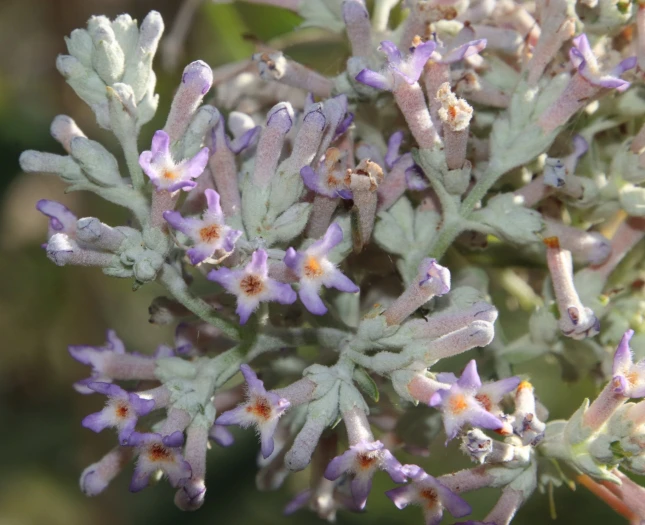Sage Bush
(Buddleja salviifolia)
Sage Bush (Buddleja salviifolia)
/
/

© Tony Rebelo
CC BY-SA 4.0
Image By:
© Tony Rebelo
Recorded By:
Copyright:
CC BY-SA 4.0
Copyright Notice:
Photo by: © Tony Rebelo | License Type: CC BY-SA 4.0 | License URL: http://creativecommons.org/licenses/by-sa/4.0/ | Uploader: tonyrebelo | Publisher: iNaturalist |













Estimated Native Range
Climate Requirements for New Brunswick, New Jersey
| This Plant | Your Site | Plant Suitability for Your Location | ||
|---|---|---|---|---|
| • Precipitation | 7" - 87" | 49" | Aquatic | Aquatic |
| • High Temp. | 62°F - 93°F | 87°F | Your summer temperatures are normal for this plant. | Excellent |
| • Low Temp. | 22°F - 53°F | 22°F | Your winter temperatures may be too cold for this plant | Too cold |
This plant may not grow well at your location - your precipitation is too high.
Summary
Buddleja salviifolia, commonly known as sage bush or sagewood, is a semi-deciduous shrub native to a variety of habitats in southern and eastern Africa, including rocky hillsides, forest margins, and along watercourses from Kenya and Angola southwards. It can grow to a height of 13-26 feet with a similar spread and features multi-stemmed, drooping branches. The leaves are greyish-green, textured, and resemble those of sage, contributing to its common name. From late winter to spring, it produces terminal conical panicles of white, cream, mauve, or purple flowers that are highly fragrant and attract a variety of pollinators.
Sagewood is valued for its aromatic flowers and is often used in gardens for ornamental purposes, including as a feature plant or in mixed shrub borders. It is also known for its traditional medicinal uses and the wood is used to make assegais and fishing rods. This species is hardy in USDA zone 8, tolerates dry soils, and is moderately frost-hardy. It prefers full sun to partial shade and well-drained soil. While generally low-maintenance, it may require pruning to maintain a desired shape and to remove any dead or damaged wood.CC BY-SA 4.0
Sagewood is valued for its aromatic flowers and is often used in gardens for ornamental purposes, including as a feature plant or in mixed shrub borders. It is also known for its traditional medicinal uses and the wood is used to make assegais and fishing rods. This species is hardy in USDA zone 8, tolerates dry soils, and is moderately frost-hardy. It prefers full sun to partial shade and well-drained soil. While generally low-maintenance, it may require pruning to maintain a desired shape and to remove any dead or damaged wood.CC BY-SA 4.0
Plant Description
- Plant Type: Shrub
- Height: 8-20 feet
- Width: 8-15 feet
- Growth Rate: Moderate, Rapid
- Flower Color: Pink, White
- Flowering Season: Spring
- Leaf Retention: Semi-deciduous
Growth Requirements
- Sun: Full Sun
- Water: Low, Medium
- Drainage: Medium
Common Uses
Border Plant, Butterfly Garden, Fragrant, Low Maintenance, Showy Flowers, Street Planting
Natural Habitat
Native to rocky hillsides, forest margins, and along watercourses in southern and eastern Africa
Other Names
Common Names: Sage-Leaved Butterfly-Bush, Woolly Butterfly Bush
Scientific Names: Buddleja salviifolia, Buddleja aurantiacomaculata, Lantana salviifolia
GBIF Accepted Name: Buddleja salviifolia